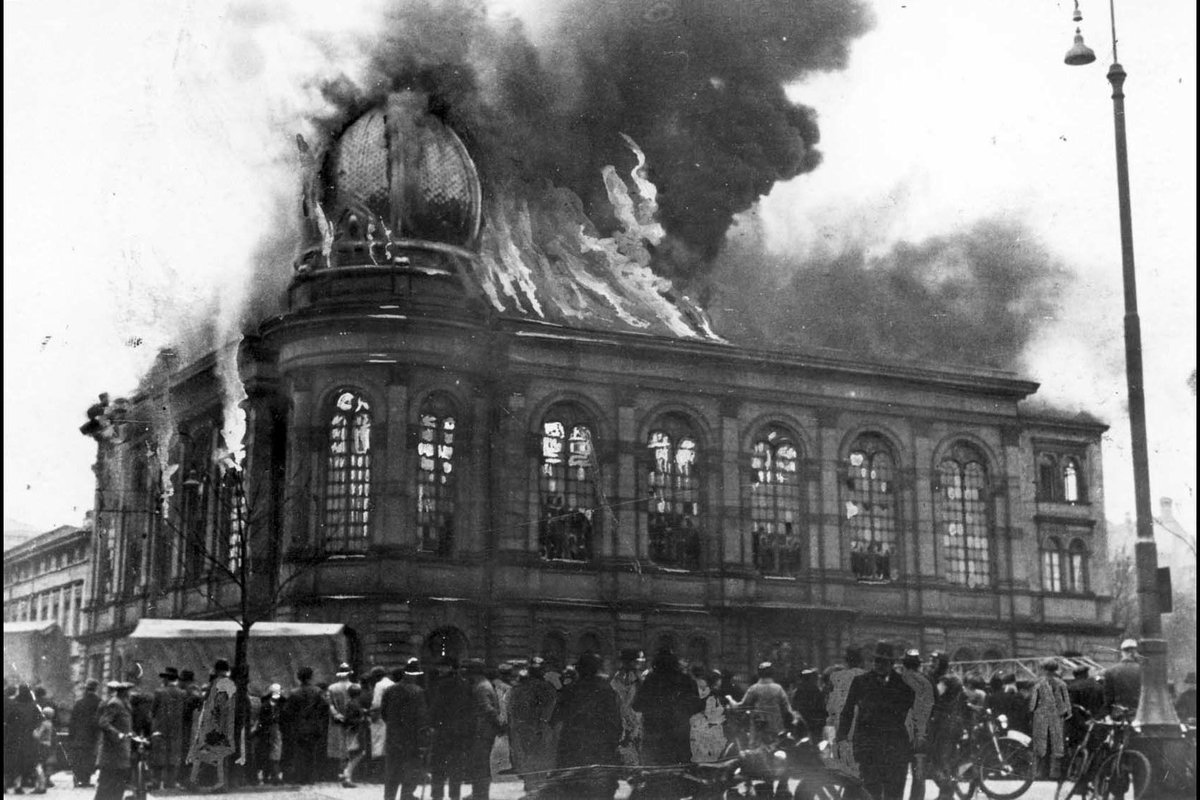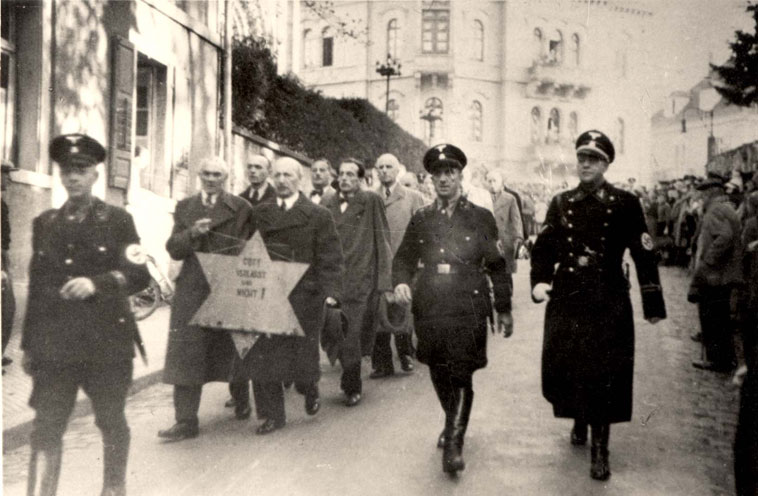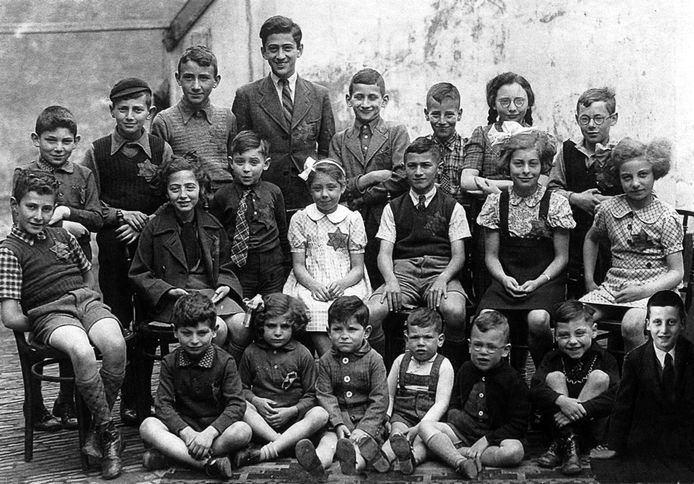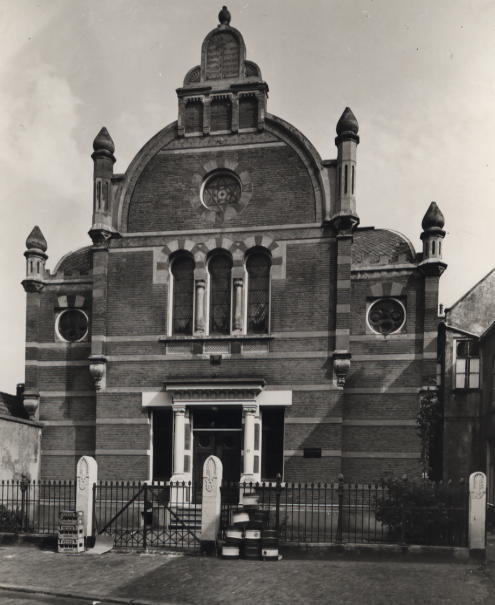(1/9) After Bergen-Belsen was liberated on 15-04-1945, photographer George Rodger took this picture. A picture of a young boy walking along dead people, looking averted. For many years it was thought this was a German boy who walked carelessly past the corpses. 

(2/9) But it was Dutch Jewish boy Sieg Maandag, born 24-08-1937 in Amsterdam. He is the son of Isaäc, who worked at the diamond exchange, born 14-05-1912 and Keetje nee Groen. He had a younger sister, Henneke, born 30-12-1938. Sieg was only 5 when he was deported.😢 

(3/9) They probably arrived on 05-05-1943 in #Westerbork.
On 01-02-1944 they were all moved to Bergen Belsen 📷concentration camp. 10 months later, on 04-12-1944, Isaäc was deported to concentration camp Sachsenhausen and the next day Keetje was deported to Neuengamme camp.
On 01-02-1944 they were all moved to Bergen Belsen 📷concentration camp. 10 months later, on 04-12-1944, Isaäc was deported to concentration camp Sachsenhausen and the next day Keetje was deported to Neuengamme camp.

(4/9) The children were all alone, but luckily Polish Jewish nurse Luba Tryszynska took care of them and 52 other abandoned children until liberation.
Her story can be read in the book called “Luba, the angel of Bergen Belsen”.
The short version:
magnumopusmagazine.com/the-love-and-m…


Her story can be read in the book called “Luba, the angel of Bergen Belsen”.
The short version:
magnumopusmagazine.com/the-love-and-m…



(5/9) On 15-05 Bergen Belsen was liberated. Keetje was liberated a few days after her children and returned to Amsterdam.
Isaäc did not survive.😢
Keetje immediately started looking for her children. But nobody knew anything. According the Red Cross, Sieg and Henneke were dead.

Isaäc did not survive.😢
Keetje immediately started looking for her children. But nobody knew anything. According the Red Cross, Sieg and Henneke were dead.
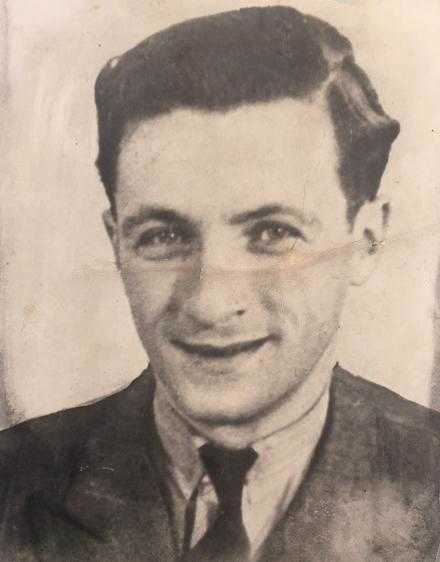

(6/9) In search for more information she went to the diamond exchange, were her husband had worked. But no one had heard anything. Just before she left she saw their old mailbox. She opened it and a number of copies of Life magazine fell out, send by Sieg's uncle from New York. 

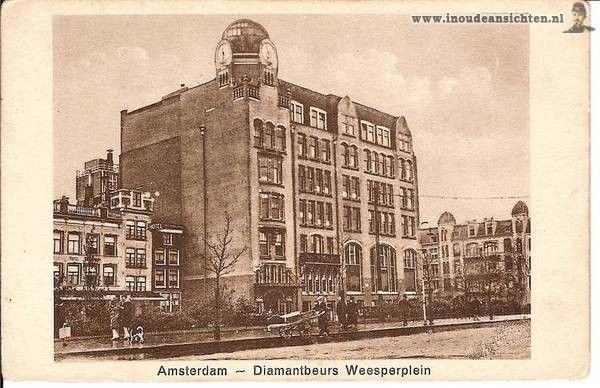

(7/9) In Life magazine of 07-05-1945 there were photos of the liberation of Bergen Belsen and Sieg’s uncle recognized his nephew. He bought a few copies and sent them at random to Amsterdam. To his family from whom he had not heard for so long. 

(8/9) Keetje also recognized her son immediately.
He's alive!
She went back to the Red Cross with the evidence. There it turned out that a mistake had been made. Sieg is in the hospital opposite the Diamond Exchange, Henneke is housed with an aunt.
He's alive!
She went back to the Red Cross with the evidence. There it turned out that a mistake had been made. Sieg is in the hospital opposite the Diamond Exchange, Henneke is housed with an aunt.
(9/9) Finally she was able to hold her children in her arms again.
And the children had their mother back.🕯️❤️🕯️
After the war Sieg became an artist. He passed away in 2013.
On his own website examples of his art.
siegmaandag.com
Isaäc, you will be remembered.😢💔🕯️✡️
And the children had their mother back.🕯️❤️🕯️
After the war Sieg became an artist. He passed away in 2013.
On his own website examples of his art.
siegmaandag.com
Isaäc, you will be remembered.😢💔🕯️✡️

• • •
Missing some Tweet in this thread? You can try to
force a refresh



